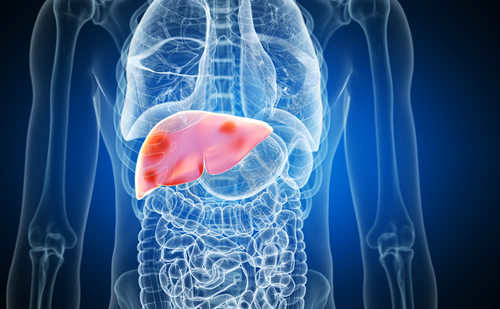Ranibizumab in Diabetic Macular Oedema – A Benefit–risk Analysis of Ranibizumab 0.5 mg PRN Versus Laser Treatment
Abstract:
Overview
Introduction: The structured Benefit–risk Action Team (BRAT) approach aims to assist healthcare decision makers in treatment assessments. We applied BRAT to compare the benefit–risk profile of ranibizumab 0.5 mg versus laser photocoagulation for the treatment of diabetic macular oedema (DMO). Methods: One-year data for the ranibizumab 0.5 mg pro re nata (PRN) and laser arms of the phase III trials RESPOND (NCT01135914; n=220), RESTORE (NCT00687804; n=345), and REVEAL (NCT00989989; n=396) were included in the analysis. The benefit measures included ≥10 letters gain/avoidance of loss in best-corrected visual acuity (BCVA), achieving central retinal thickness (CRT) <275 μm, and 25-item Visual Function Questionnaire (VFQ-25) outcomes. The risks measures included endophthalmitis, intraocular pressure increase, hypertension, proteinuria, arterial/venous thromboembolic events and deaths. Results: Ranibizumab treatment provided significant benefits compared with laser for ≥10 letter BCVA gain at month 12 (387/1,000 versus 152/1,000 patients), CRT <275 μm at 12 months (474/1,000 versus 348/1,000 patients), and improvement of ≥6.06 on the VFQ-25 near activities subscale (325/1,000 versus 245/1,000 patients). Results for the risk measures were similar for both treatments. Conclusions: Superior clinically relevant outcomes were observed with ranibizumab 0.5 mg PRN compared with laser without compromising on safety. This analysis further supports the positive benefit–risk profile of ranibizumab 0.5 mg PRN.
Keywords
Ranibizumab, laser, diabetic macular oedema, benefit–risk profile
Article:
Article Information:
Disclosure
Focke Ziemssen is consultant for Alimera, Allergan, Bayer
Healthcare, Boehringer Ingelheim, Biogen, Novartis and Roche. Cornelia
Dunger-Baldauf, Philippe Margaron and Howard Snow are employees of
Novartis Pharma AG., Basel, Switzerland. William David Strain reports
grants and personal fees from Novartis, during the conduct of the study,
personal fees from Boehringer Ingelheim, Eli-Lilly, Janssen, Pfizer and
Novo-Nordisk outside the submitted work. Alan Cruess has nothing to
declare in relation to this article.
Correspondence
Focke Ziemssen, University Eye Hospital
Tuebingen, Elfriede-Aulhorn-Str. 7, 72074 Tuebingen, Germany.
E: focke.ziemssen@med.uni-tuebingen.de
Support
The publication of this article was supported by Novartis.
Access
This article is published under the Creative Commons
Attribution Noncommercial License, which permits any non-commercial use,
distribution, adaptation and reproduction provided the original author(s) and
source are given appropriate credit.
Acknowledgements
The authors acknowledge Claire Bailey for her
significant contribution towards the design and conduct of the analysis and for
the development of this manuscript. Writing support was provided by Jennifer
Green (Green Ink Communications) and was funded by Novartis. William David
Strain would like to acknowledge the support of the National Institute for Health
Research (NIHR) Exeter Clinical Research Facility and the NIHR Biomedical
Research Centre scheme. The views expressed in this publication are those of
the author(s) and not necessarily those of the NIHR Exeter Clinical Research
Facility, the NHS, the NIHR or the Department of Health in England.
Received
2017-05-10T00:00:00







